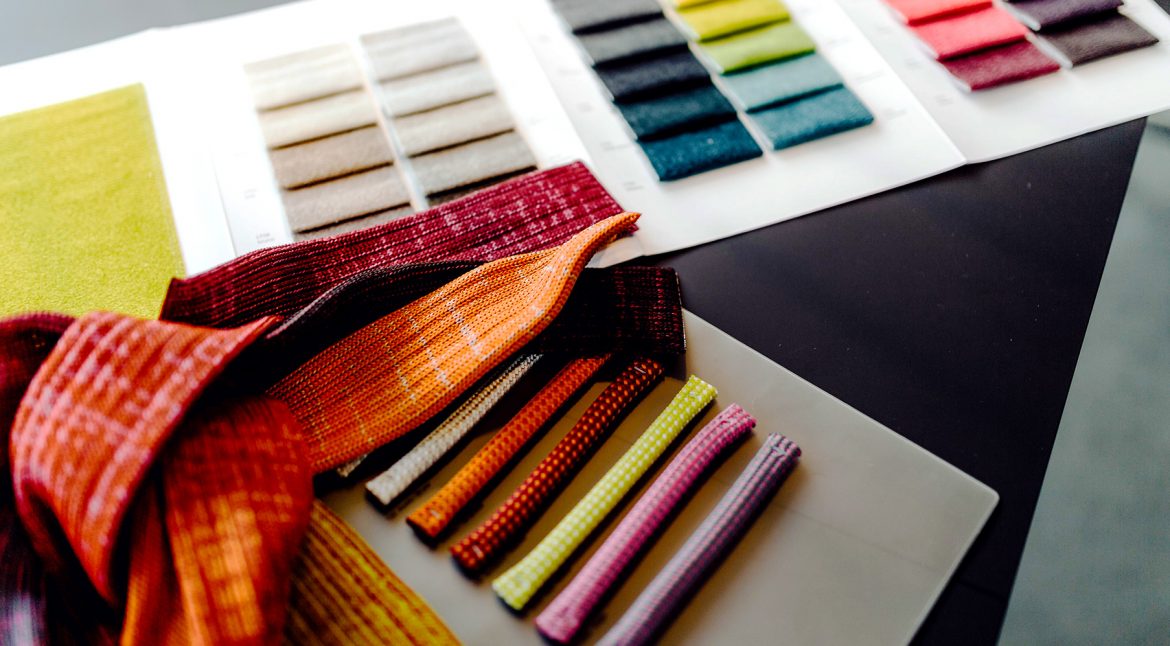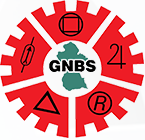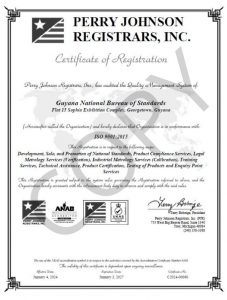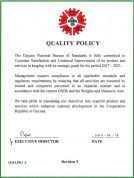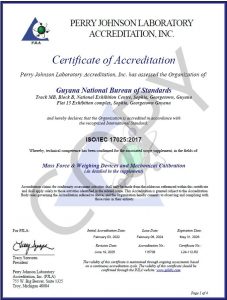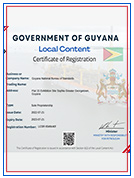Textile comes from the Latin word, textilis for “woven fabric” and that’s exactly what it is. If you’ve never thought of textile as important, think of the inability to access clothing. Further, imagine not being able to acquire various designs and colors of clothing that you may be wearing this weekend to celebrate Emancipation Day. But aside from just being able to access cloth/textile, it is also important to ensure that quality materials are bought or sold for the desired purpose.
The Guyana National Bureau of Standards (GNBS) has developed a standard for the labelling, sampling and testing of garments, textiles, consumer textile products and thread sold for machine and hand sewing, whether locally made or imported. The National Standard GYS 515:2016 ‘Specification for textiles and related products,’ defines textile as a product made from fibre by braiding, bonding, crocheting, felting, knitting, knotting, laminating or weaving. It was developed in response to consumer complaints related to quality deficiencies of garments, textiles and related products and is a revision of two standards developed in 2003 – Labelling of textiles and Labelling of garments.
The Standard applies to labels, which are to accompany textiles, garments or thread sold at retail or wholesale outlets. It covers all household textile articles such as draperies, floor coverings, furnishings, bedding accessories to the foregoing and other textile goods customarily used in institutions and households. However, it does not apply to the labelling of hairpieces, costumes, accessories and tents.
First among the labelling requirements for the sale of textile is the need for the manufacturer’s or supplier’s trademark or brand name and the name and address of the manufacturer or supplier. An identification number (for garments) can be used in lieu of the name and address of the manufacturer or supplier. This requirement is important for traceability purposes as it offers a way of providing feedback from consumers.
The Composition of the garment or textile must also be stated. According to the standard, the fibre content of less than 5% shall be classified as “other fibres.”
Other labelling requirements are the country of origin, quality designation, the thread count, and type and care information to reduce the possibility of damage.
Some materials are manufactured to be fire-resistant or water-resistant but these characteristics can be easily damaged if textiles are not cared for properly. As such, it is important for manufacturers/ dealers/ importers to “clearly and prominently” label such textiles with precautionary care and treatment instructions to protect them from any harmful agent that may cause deterioration.
In cases where the material is imported and there is no information of composition, the importer or distributor shall seek the GNBS’ assistance for the pronouncement on sale.
As it relates to cloth sold by length from a roll, it may seem impossible to meet these requirements but the Standard did not ignore this fact. The document stipulates that such labels must be attached to the end of the bolt or spool on which the textile is displayed for sale. The label shall include a statement of the width of the material in metric measures.
All revised labels shall be submitted to the GNBS for approval.
Manufacturers, importers and dealers of textile and textile products are encouraged to acquire a copy of the standard from the GNBS to ensure that they are meeting the requisite requirements. Fulfilling these requirements will provide guidance to your customers and ensure their satisfaction.

